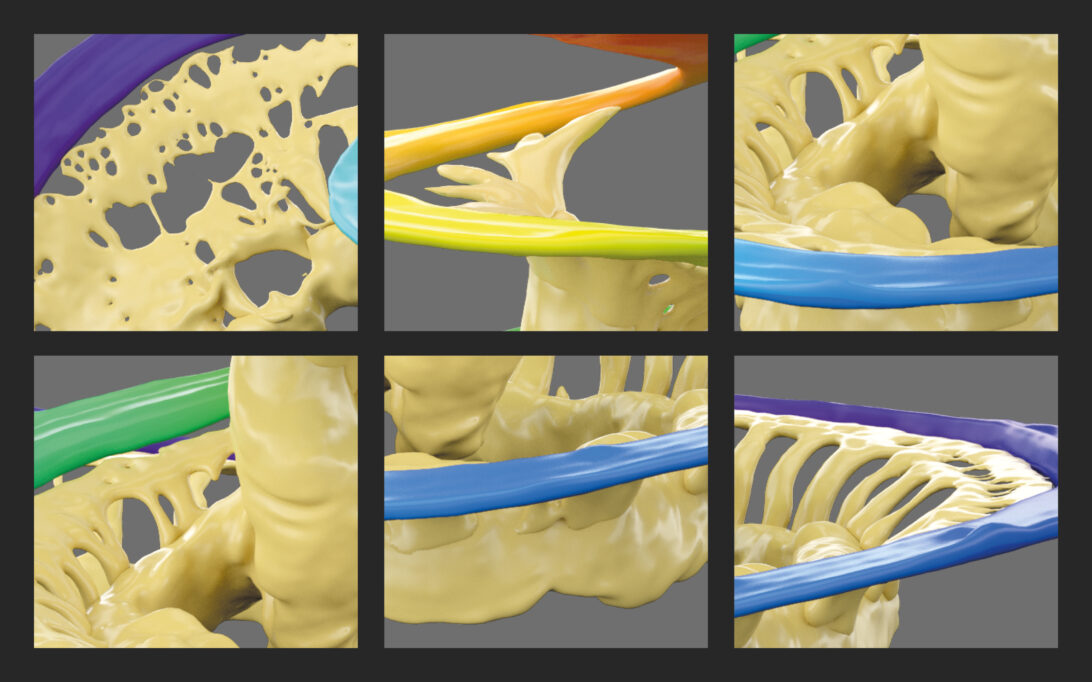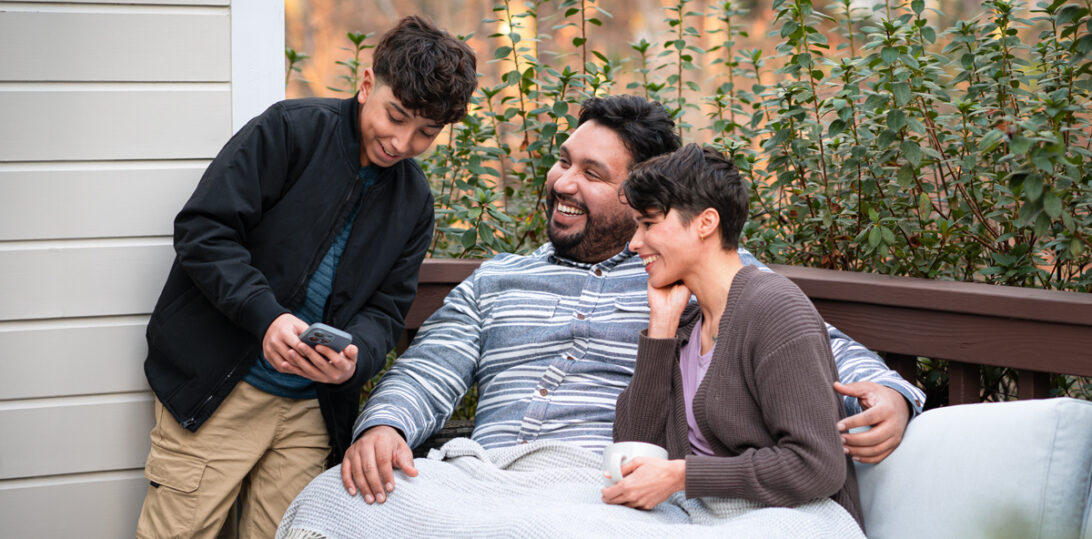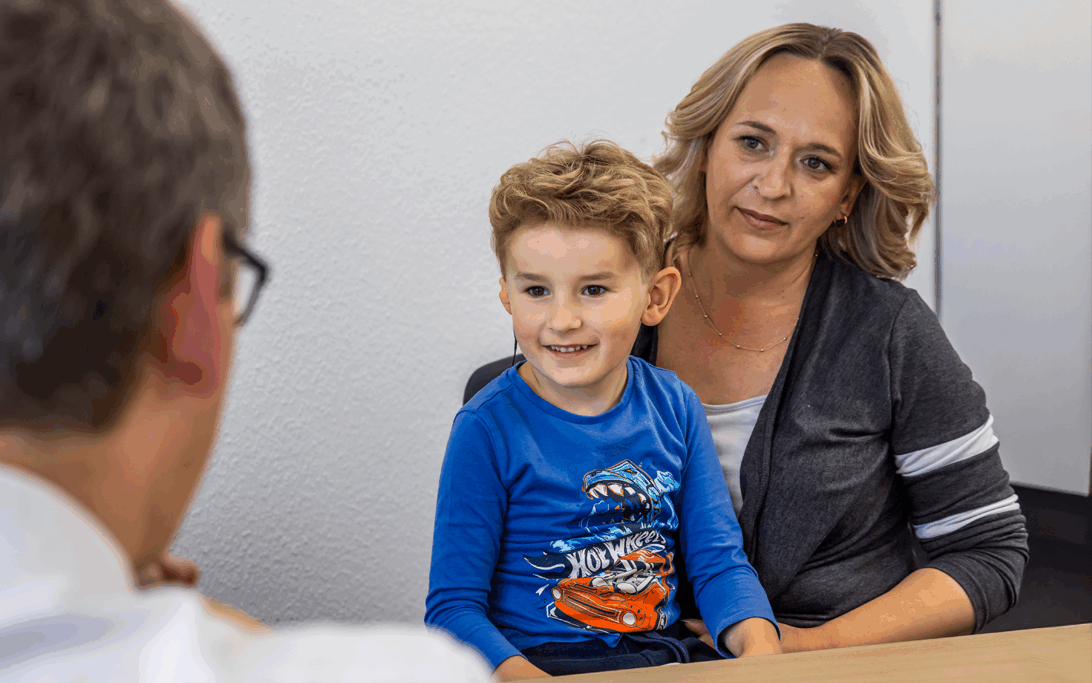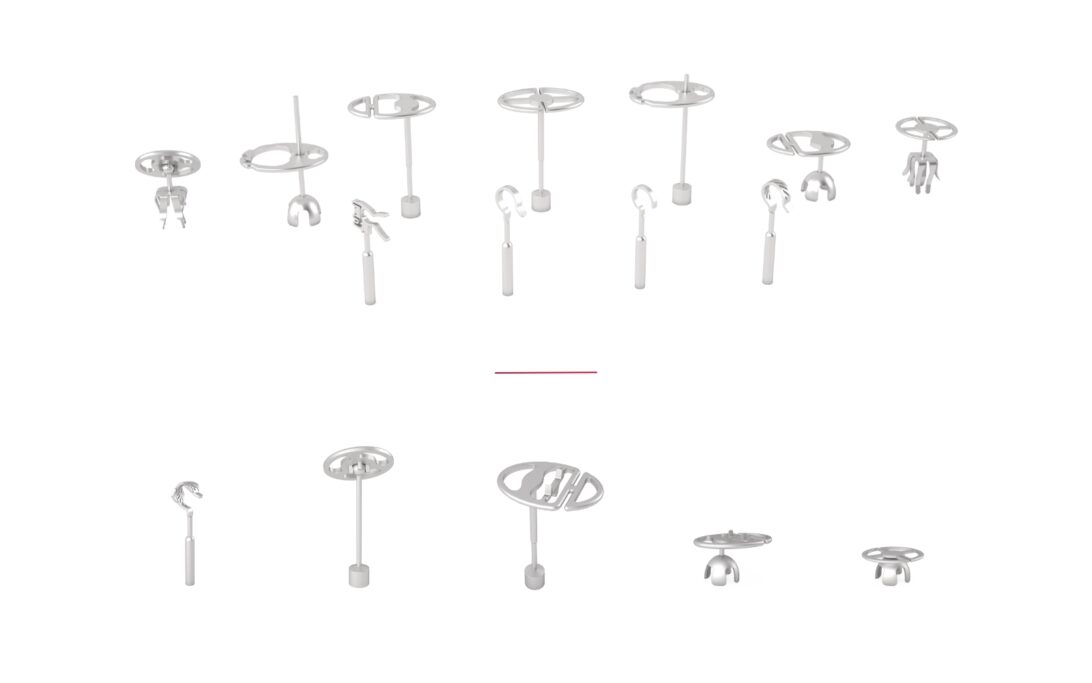


All Articles
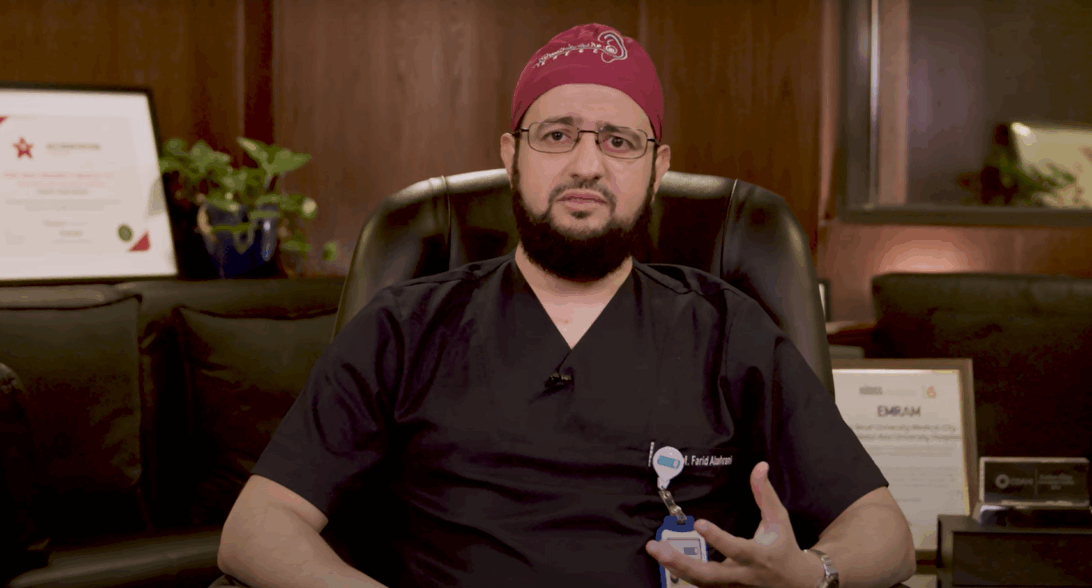
Today we are looking at an exciting case study from MED-EL’s comprehensive surgical video library. An 11-year-old with unilateral conductive hearing loss receives a VIBRANT SOUNDBRIDGE with a Stapes-SH-Coupler.

Hearing professionals can use the EARS® (Evaluation of Auditory Responses to Speech) test battery to assess the auditory skills of children with hearing loss. Delivering a robust framework for tracking progress and informing developmentally appropriate goals, EARS is now available for download as a digital resource in several languages.

Lack of awareness, gradual hearing loss, and financial concerns are the most common barriers to cochlear implant uptake in older adults. Learn more about how hearing professionals can help overcome these obstacles to improve quality of life for cochlear implant candidates.

From Remote Care to audio processor backups in the cloud, here are six ways you and your patients can benefit from the HearCare MED-EL app—and some handy guides to get started.
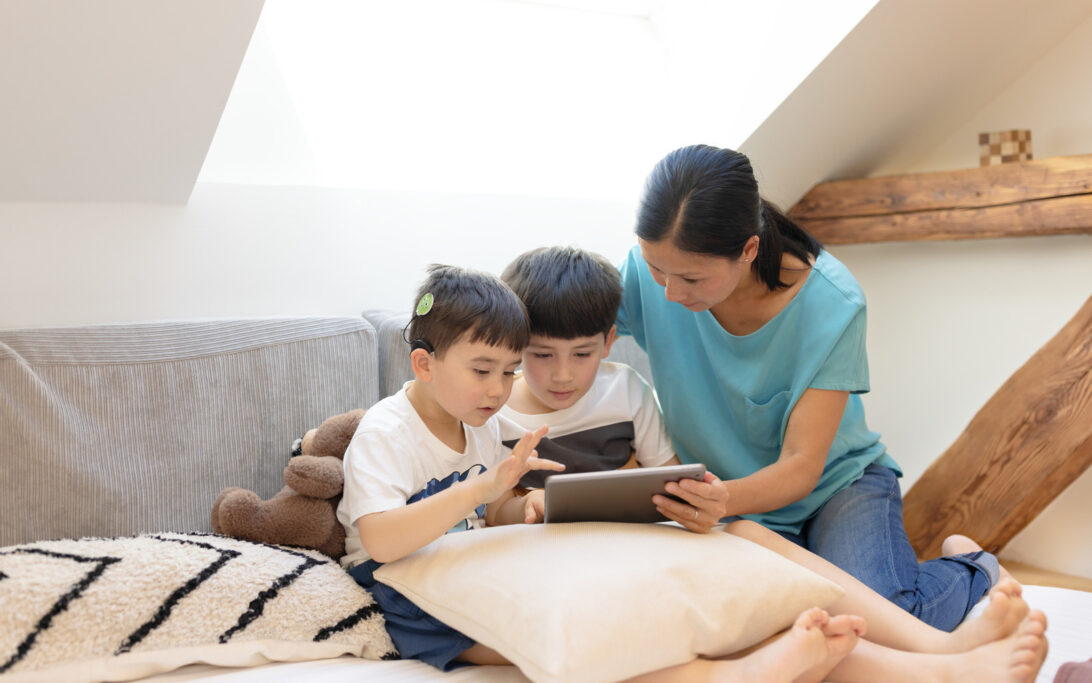
Children who receive cochlear implants later often face a significant gap in language development. Discover the challenges they face in school plus strategies you can use to support them in the classroom.
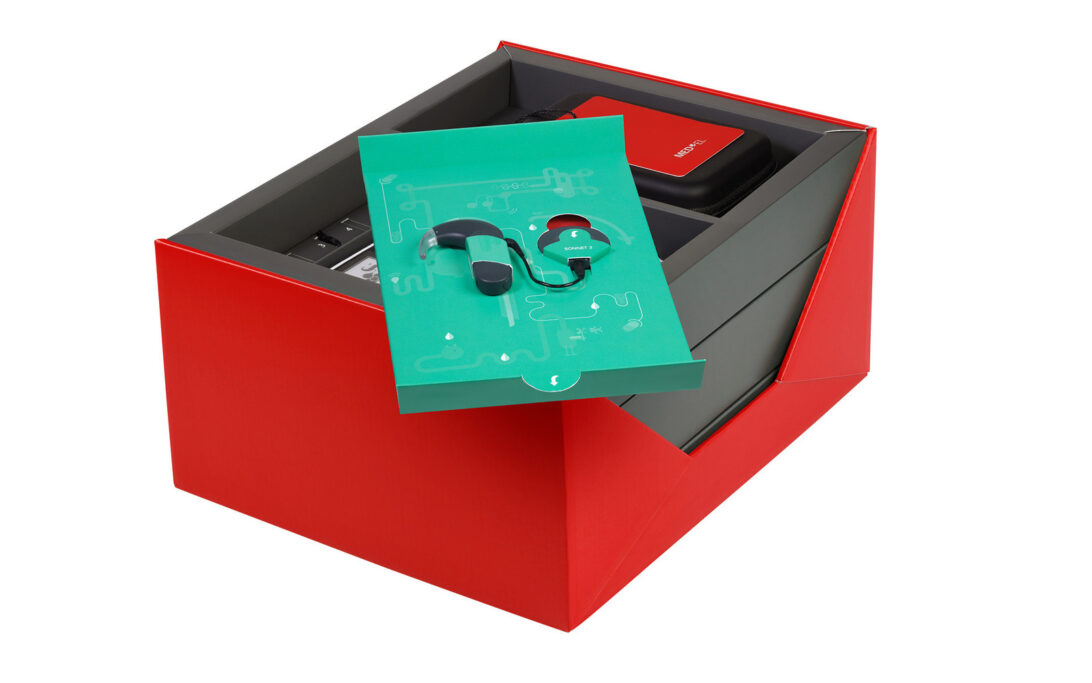
Help your patients get the most out of the SONNET 3 audio processor with new features, hands-on video guides, and troubleshooting tips.
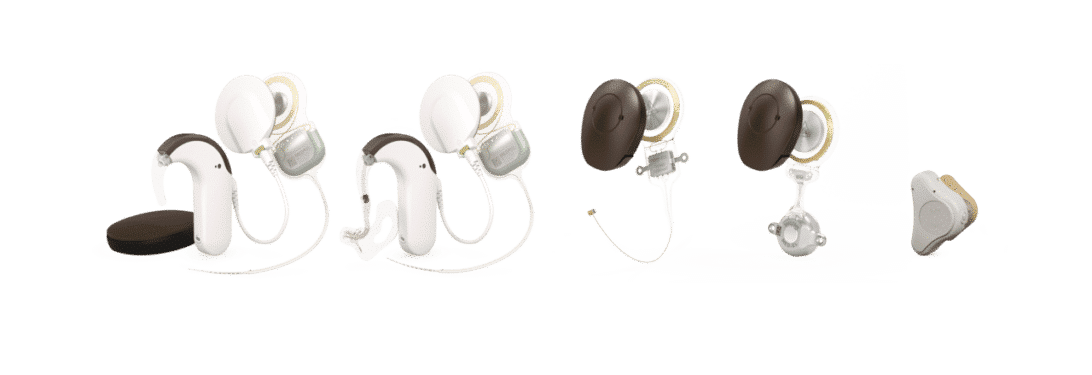
Solutions for Every Type of Hearing Loss
Choosing the optimal solution for a patient with hearing loss is not always easy since each patient is unique. That’s why
MED-EL is committed to providing the most comprehensive portfolio of hearing solutions possible.
From cochlear implants and middle ear implants to bone conduction solutions and auditory brainstem implants, our hearing solutions cover all types of hearing loss and offer the highest quality and reliability.


.png)

